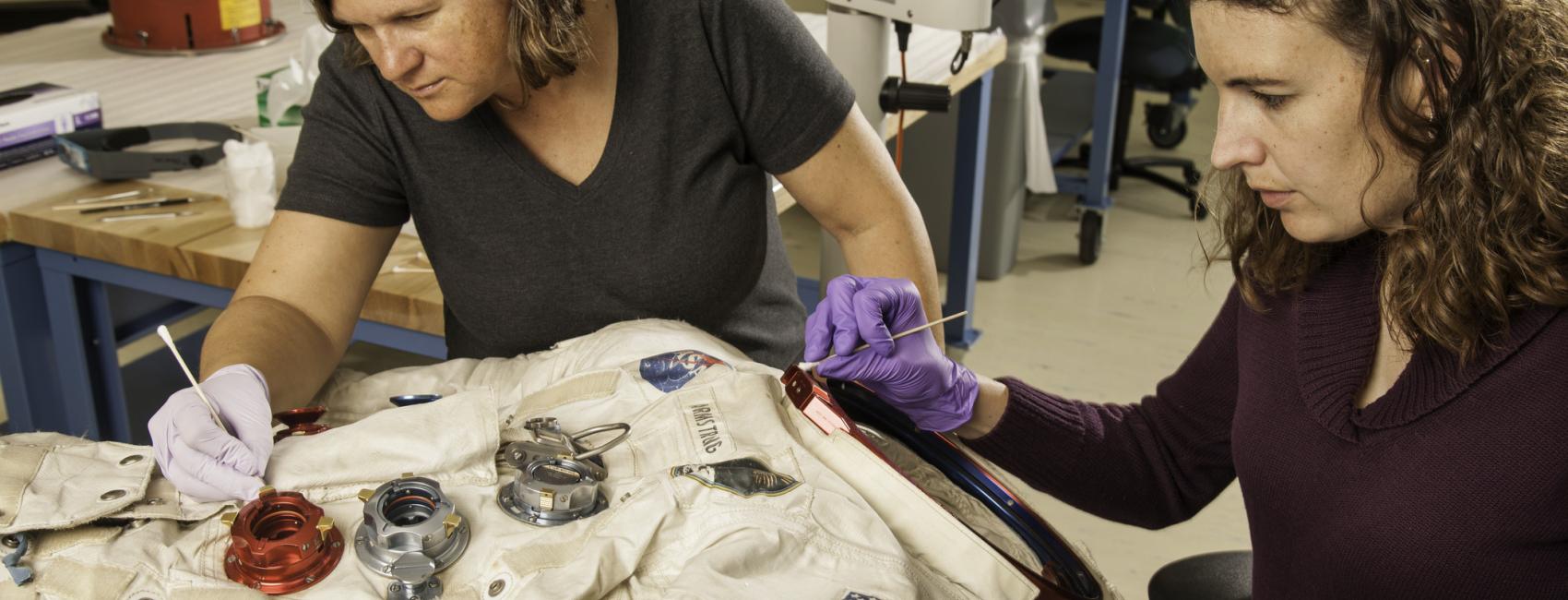
Oct 14, 2016
By Roger Connor
The Museum recently added the Insitu ScanEagle X200 unmanned aircraft system (UAS), or drone, to its collection. This ScanEagle, currently on display at the Steven F. Udvar-Hazy Center in Chantilly, Virginia, served in Federal Aviation Administration (FAA) demonstrations from 2013 to 2015 to integrate UAS into the U.S. National Airspace System. It performed ice floe monitoring missions in northern Alaska and beyond visual line of sight validation flights, including railroad track inspection in New Mexico. ScanEagle was the first drone to receive an FAA restricted category type certificate.
ScanEagle evolved from engineer Tad McGeer’s project in the late 1990s to develop an aerial scout for tuna fishing fleets. The aircraft is launched by catapult and recovered (guided by differential GPS) by flying into a cable suspended from a crane. It is then caught by its wingtip. Since 2004, ScanEagle has seen extensive military service overseas in the tactical observation role, most notably with the U.S. Navy and Marine Corps.
Wingspan: 3.11 m (10 ft 2 in)
Length: 1.55 m (5 ft 1 in)
Height: 0.41 m (1 ft 4 in)
Weight, empty: 14 kg (30 lb)
Weight, gross: 20 kg (44 lb)
Engine: 3W 2-stroke 28cc piston engine, 2 hp
Top speed: 148 km/h (92 mph)
Manufacturer: Insitu, 2011

We rely on the generous support of donors, sponsors, members, and other benefactors to share the history and impact of aviation and spaceflight, educate the public, and inspire future generations. With your help, we can continue to preserve and safeguard the world’s most comprehensive collection of artifacts representing the great achievements of flight and space exploration.
We rely on the generous support of donors, sponsors, members, and other benefactors to share the history and impact of aviation and spaceflight, educate the public, and inspire future generations. With your help, we can continue to preserve and safeguard the world’s most comprehensive collection of artifacts representing the great achievements of flight and space exploration.